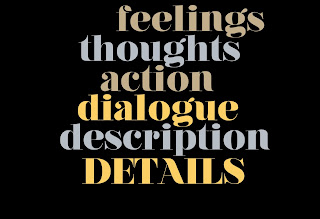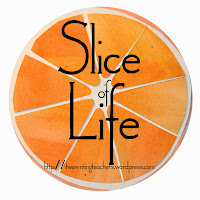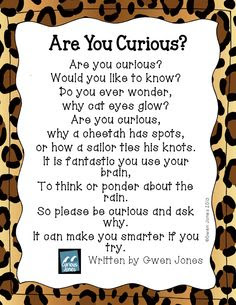Helping Students Add DETAIL To Their Writing
For me this has always been a sticking point. Telling a young writer to add more detail without explaining what this actually means for the writing is about as useful as a paper vase.
So, the question arises, -What do we mean by detail?
Well, we need to unpack
the idea of detail so the writer can see exactly what is meant. Too often this
translates to throwing a host of adjectives into the mix to make the writing
more ‘descriptive.’ Teachers sometimes
tell students, ‘You need to add some adjectives to make the writing more
descriptive.’ As a consequence, this becomes the only strategy these developing
writers have to address the important issue of detail. The result is often a piece
of writing drowning in adjectives.
When conferring with student writers about their writing they frequently inform me they want to make their writing more descriptive; more detailed. So, I ask, how they intend to achieve their stated goal. A common response is, ‘I need to add some adjectives.’ Unfortunately, writing requires more than adjectives to meet the expectations of readers. Adjectives are like fat. We need to use them sparingly!
Fortunately, there are many
kinds of detail we can add to a narrative piece to make it reader friendly.
Description: characters,
settings, objects.
Action: Making the
characters move, do things, respond. Use Show,
Don’t Tell strategy and strong verbs to depict actions.Dialogue: Have the characters reveal themselves through their words. It helps to place the reader in the scene when characters say things real characters would say.
Emotions & Feeling: This type of detail allows the reader know what is going on in the mind of the character. The writer includes information about the emotional world of the character.
These different types of detail allow the reader to visualize and this brings the words to life. As writers, it is important to weave a range of details through our writing for the reader’s benefit.
Questions For Writers:
Could you add some words to your piece- some dialogue between the characters?
Could you show your readers what the character was thinking or feeling at that moment?
Could you describe the setting where the story takes place?
Could you describe the character –personality, appearance?
What exactly did the character do? What action did they take?
The devil may not be in the detail, but we will continue to have a devil of a time trying to elevate the quality of writing while we skim over the issue of detail.







A very insightful post, Alan. Being able to clearly articulate and model the process of detailed writing to our students is essential! I especially like the prompt regarding dialogue. "Give your character something to say that reveals who they are" can help my students understand not only details, but characterization too.
ReplyDeleteThanks for sharing!
Oh, agree with this so much! I'm a 'short and sweet' writer. I put in only the most basic detail to keep the story at a fast pace. But that's also my downfall; makes my work too short for traditional publication. So when people say to me 'add more detail', it would be nice to know exactly where they felt the detail lacked.
ReplyDeleteGood read, I have followed the blog :)